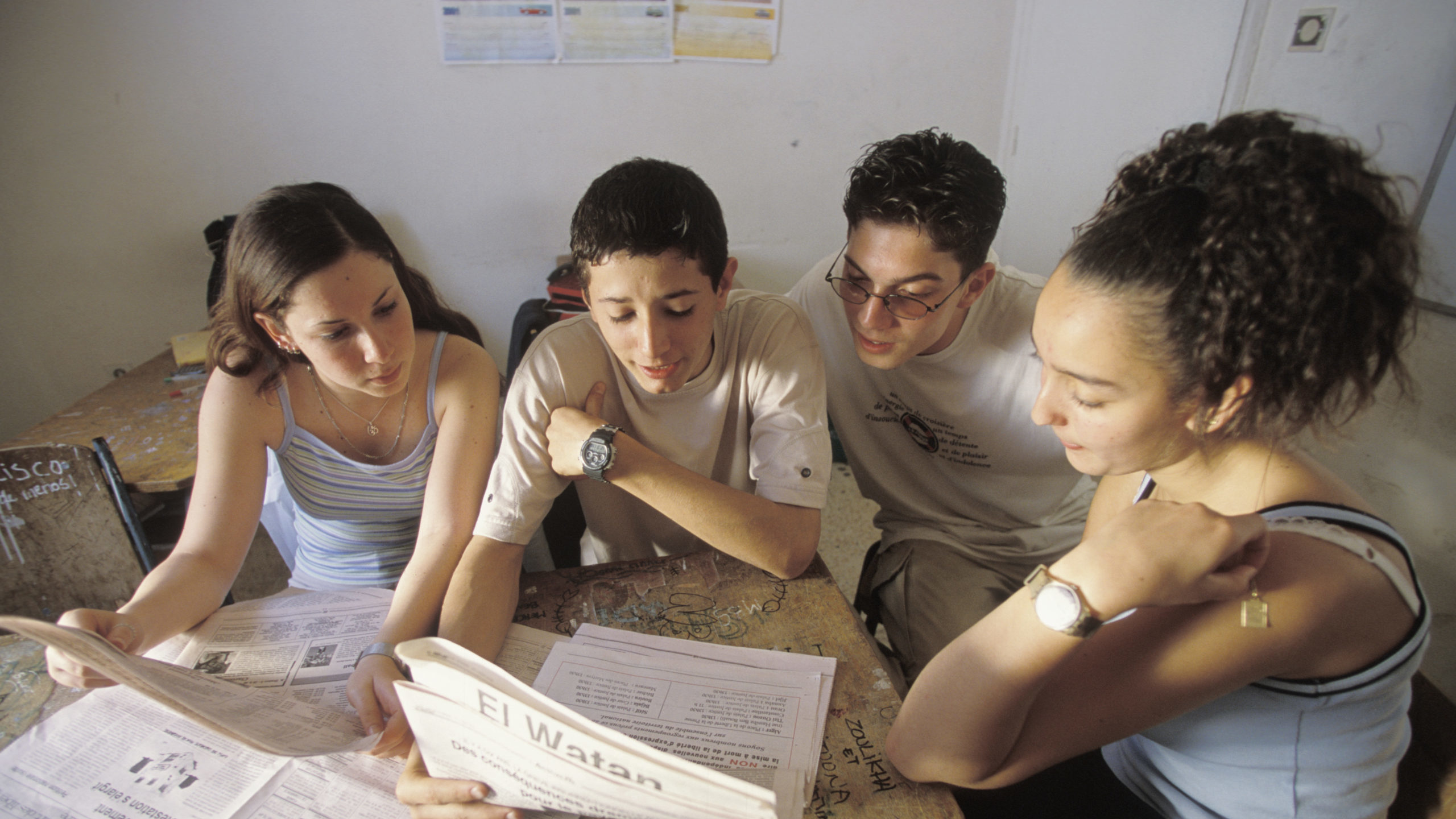project
Migration is often part of an economically beneficial livelihood strategy for transnational families. For many of the sending countries in Southeast Asia, a growing proportion of transnational migrants, particularly in Indonesia and the Philippines, are women. Many of these female migrants are married and an unknown number leave their children behind. To date, no official data exists on the number of children under 12 years of age with one or both parents absent due to migration but anecdotal evidence suggests that growing numbers of transnational migrants from the region leave children behind. Although most migrants send remittances to left-behind kin, visits home tend to be infrequent with migrants going away for two or more years at a time.
With demand from wealthy countries for domestic workers, nurses and other carers increasing as their populations age, solving care problems in rich countries may be creating a considerable ‘crisis of care’ in less developed countries. However, little is known about the multi-dimensional impacts of migration on left-behind families, particularly children. It is not known whether left-behind children themselves are more vulnerable to poor physical and mental health outcomes, or in what way, when and under what circumstances do they benefit and/or suffer from the absence of parent(s), especially when the migrant is the child’s mother.
Through the longitudinal examination of transnational migration/householding, familial care politics and left-behind children, CHAMPSEA aims to:
- enhance knowledge on the health and well-being of children left behind in Southeast Asia when one/both parents migrate overseas for work;
- examine comparative impacts of paternal/maternal migration on child health over time; and
- contribute to academic, community, and policy debates in the region and beyond on larger questions relating to the feminisation of ‘care migration’ and the politics of care in sending communities, the organisation of reproductive labour within transnational households, and the migration-and-development nexus.






